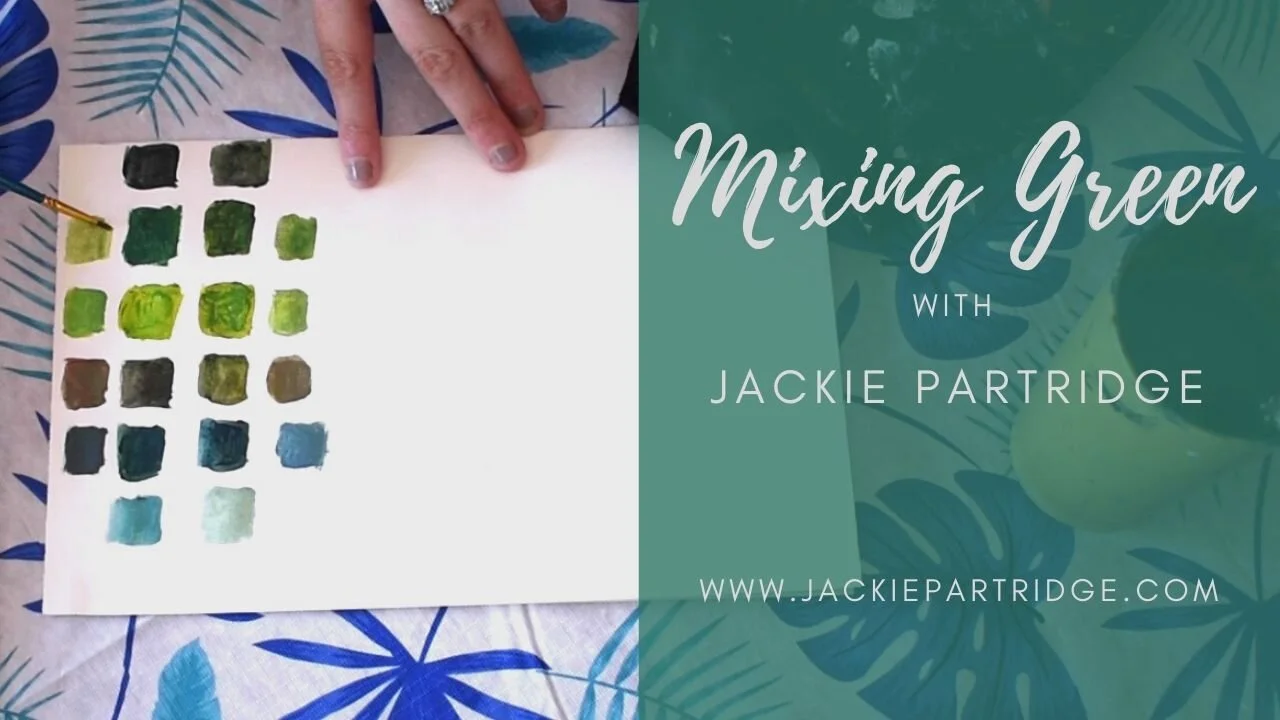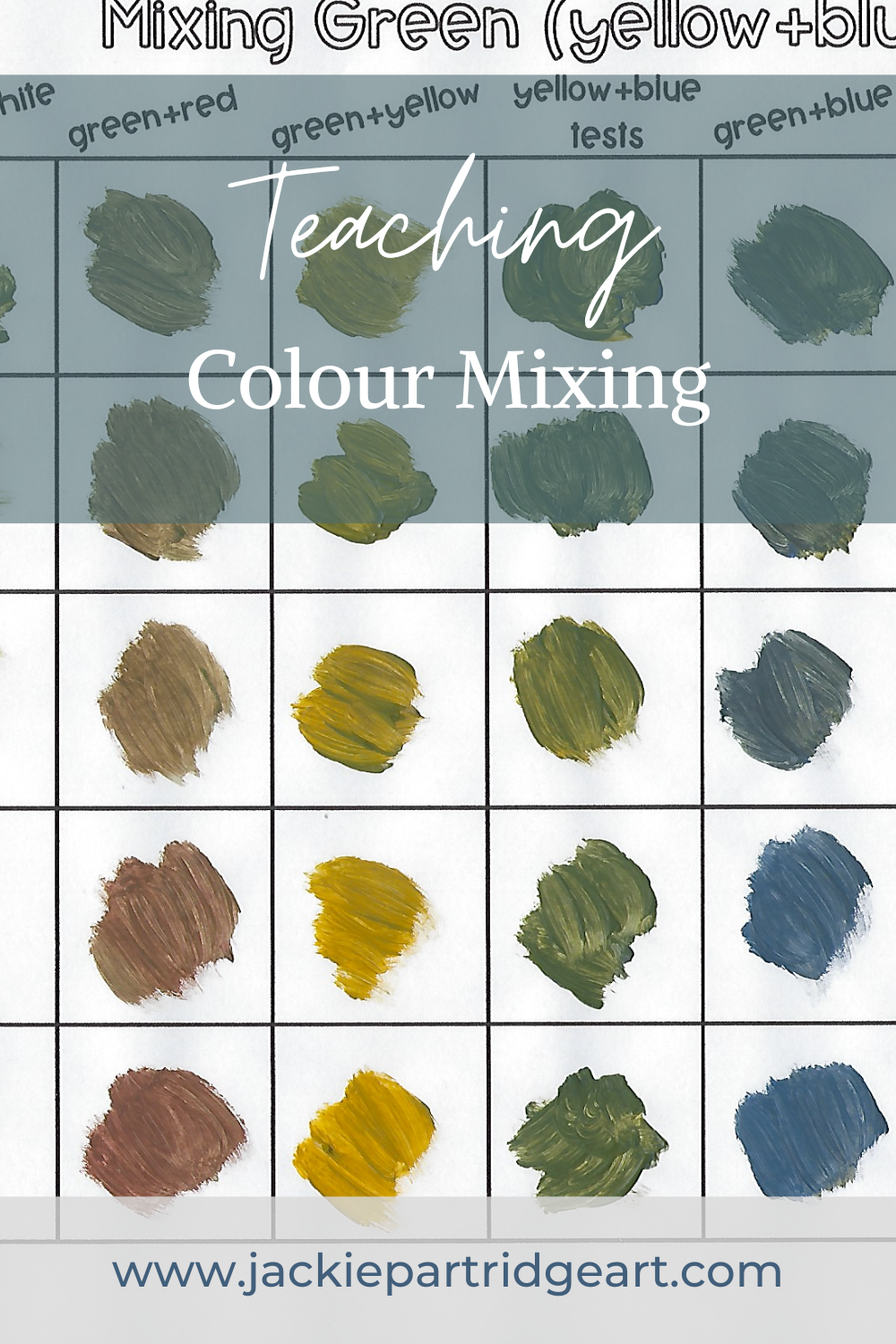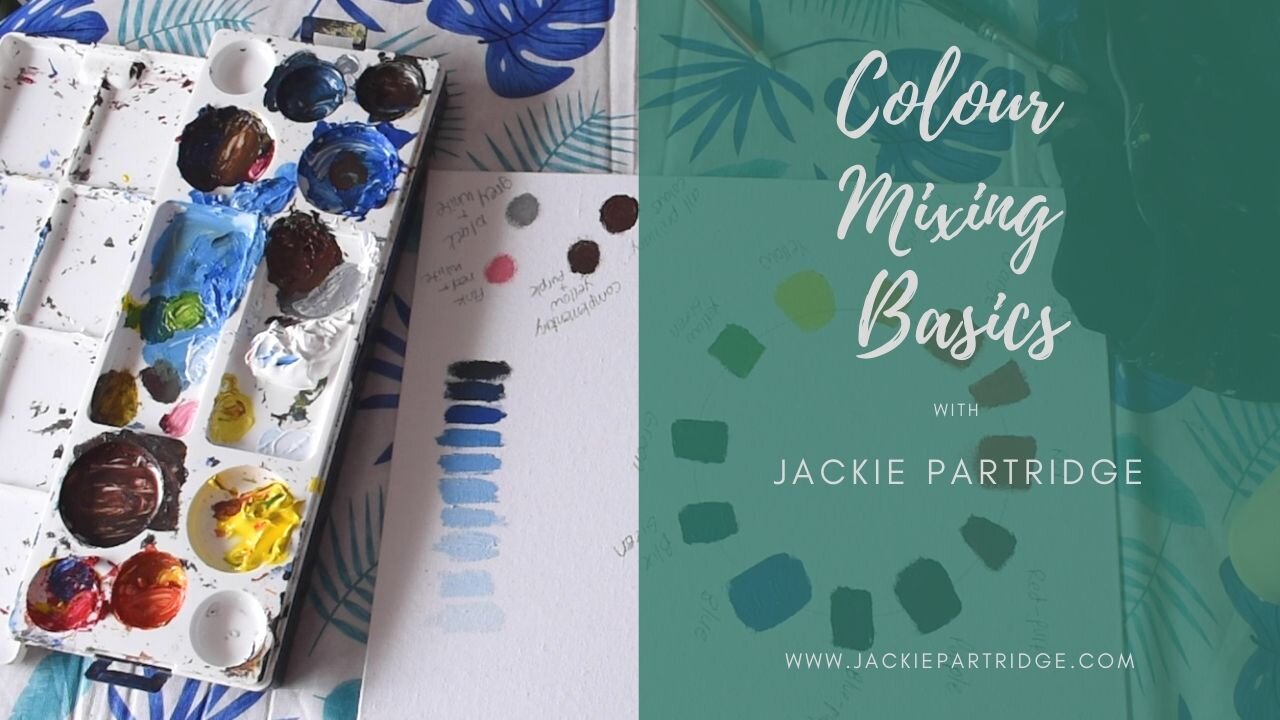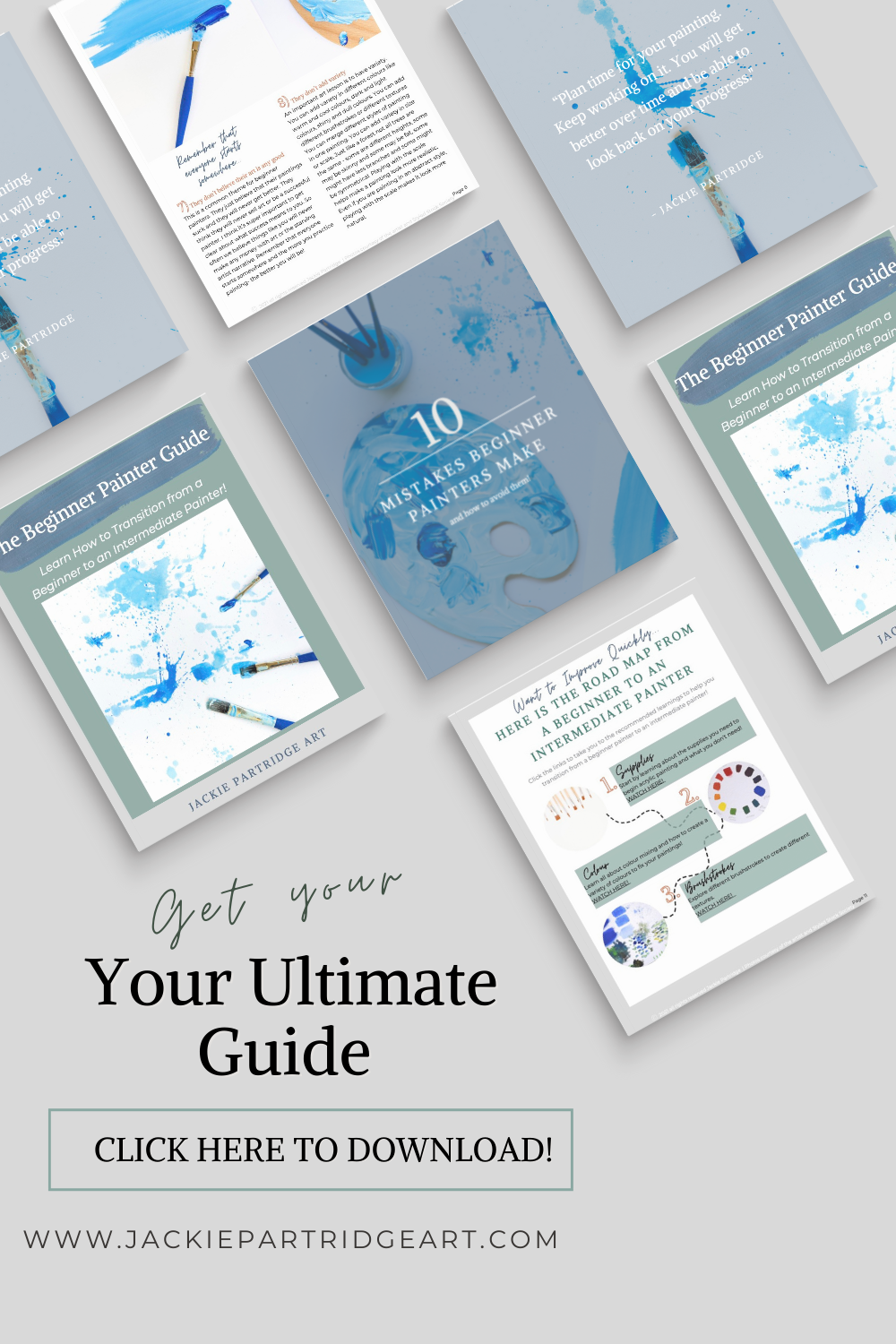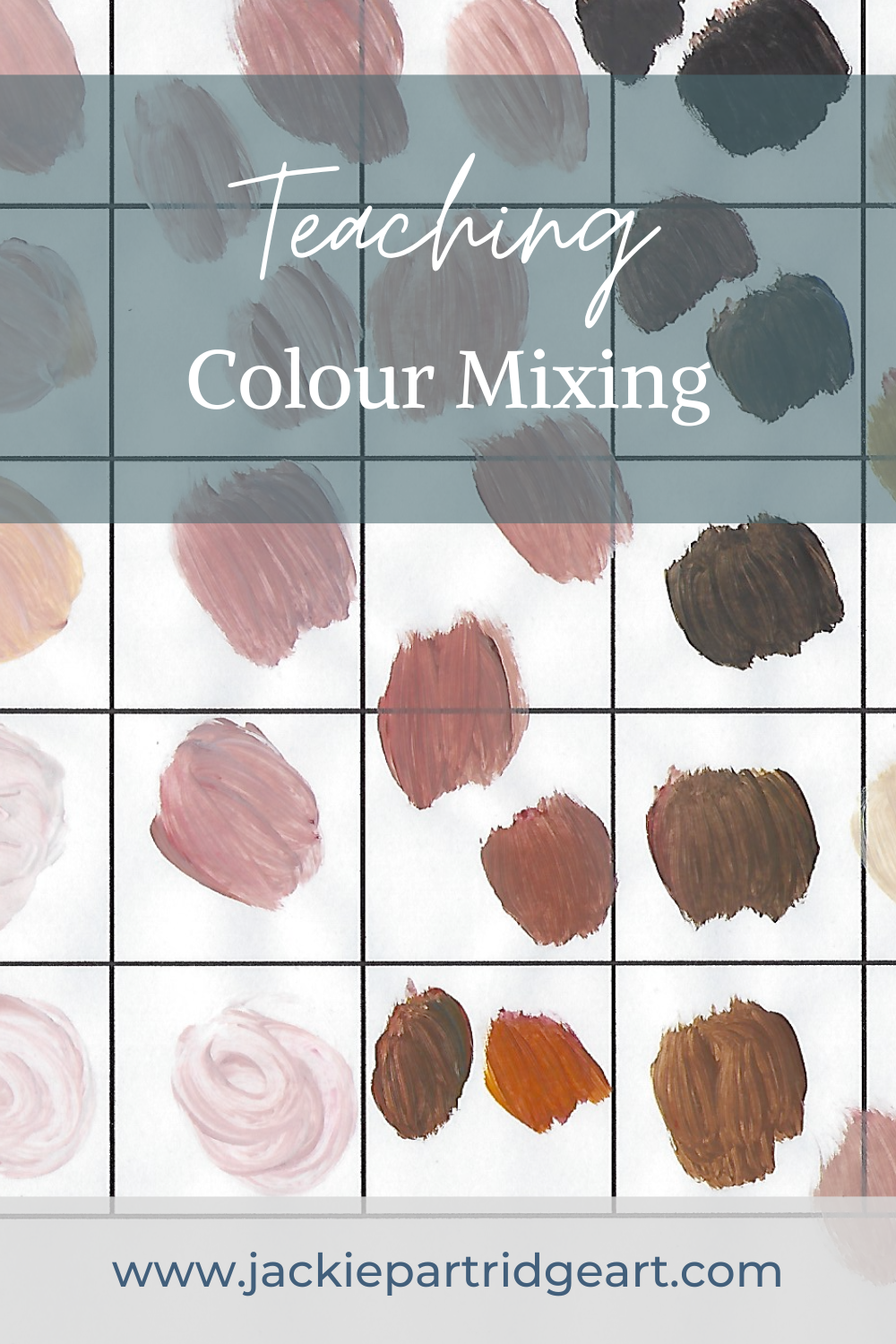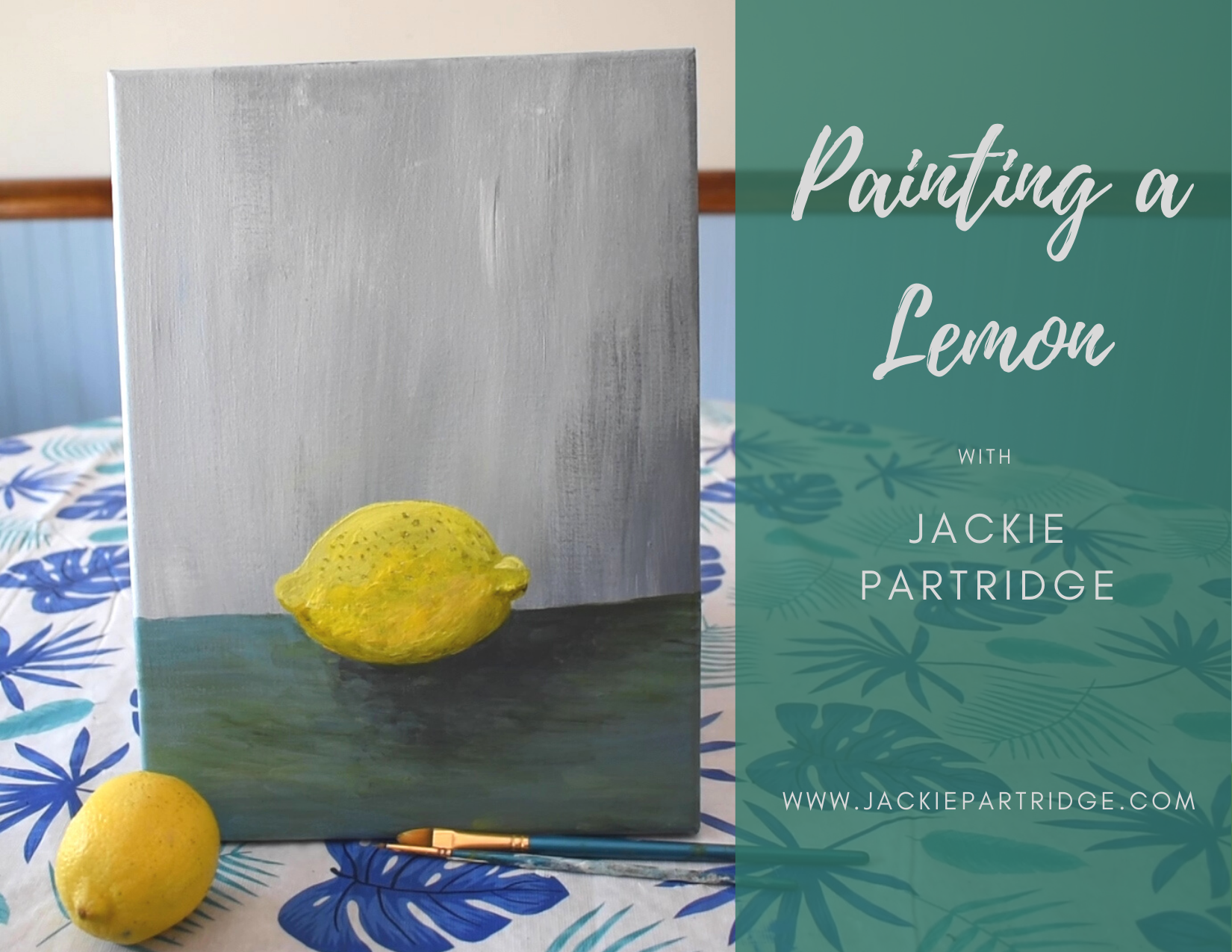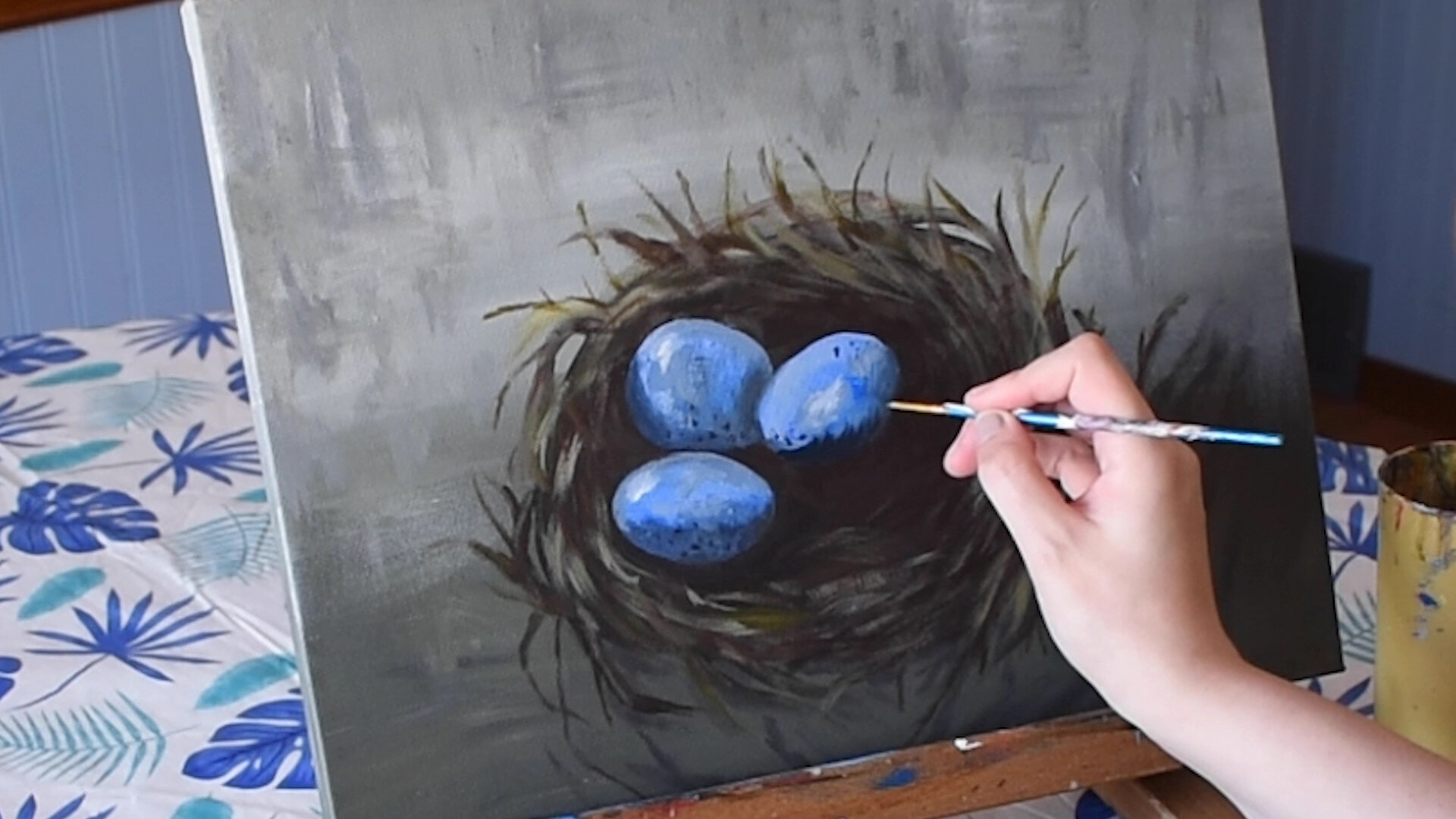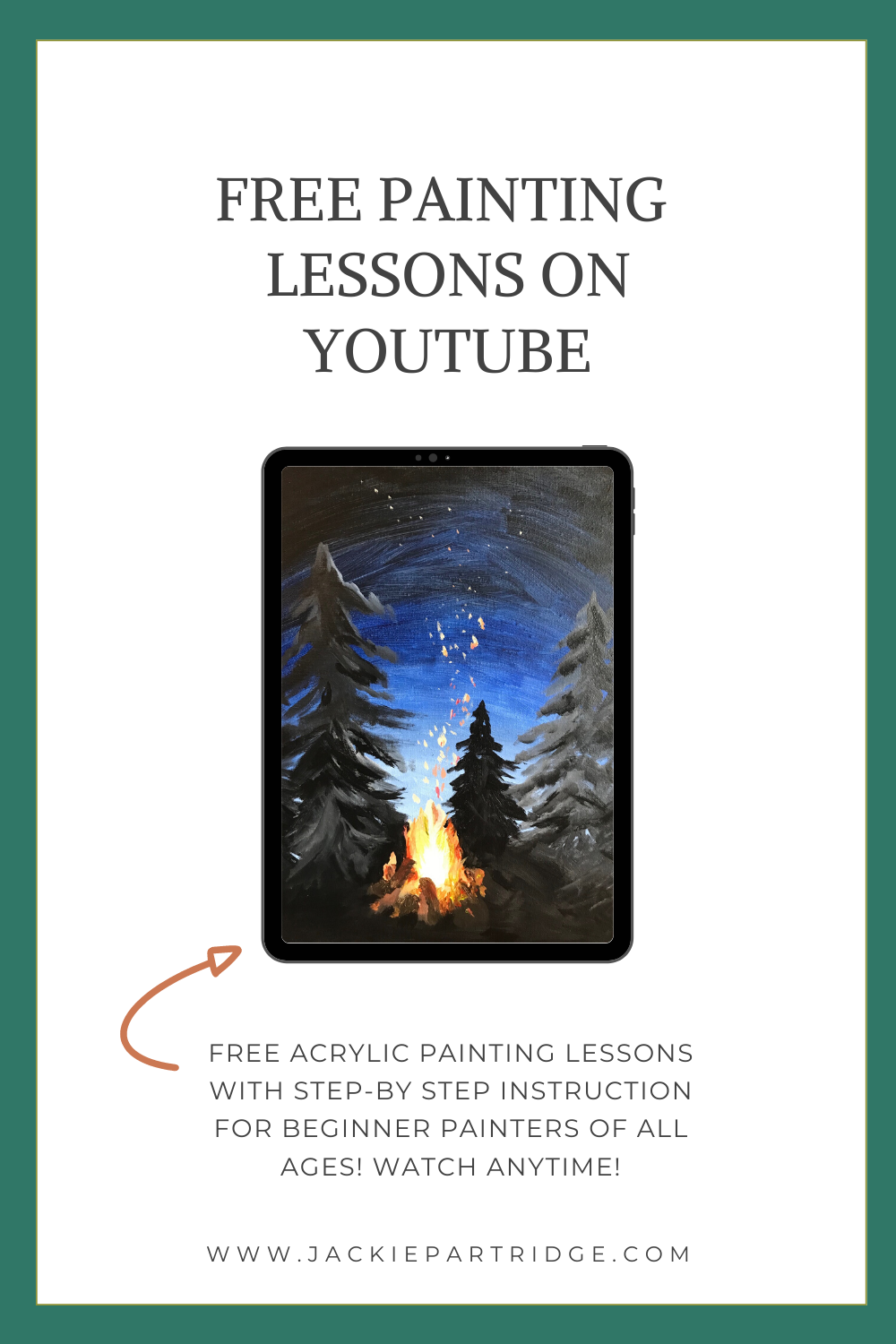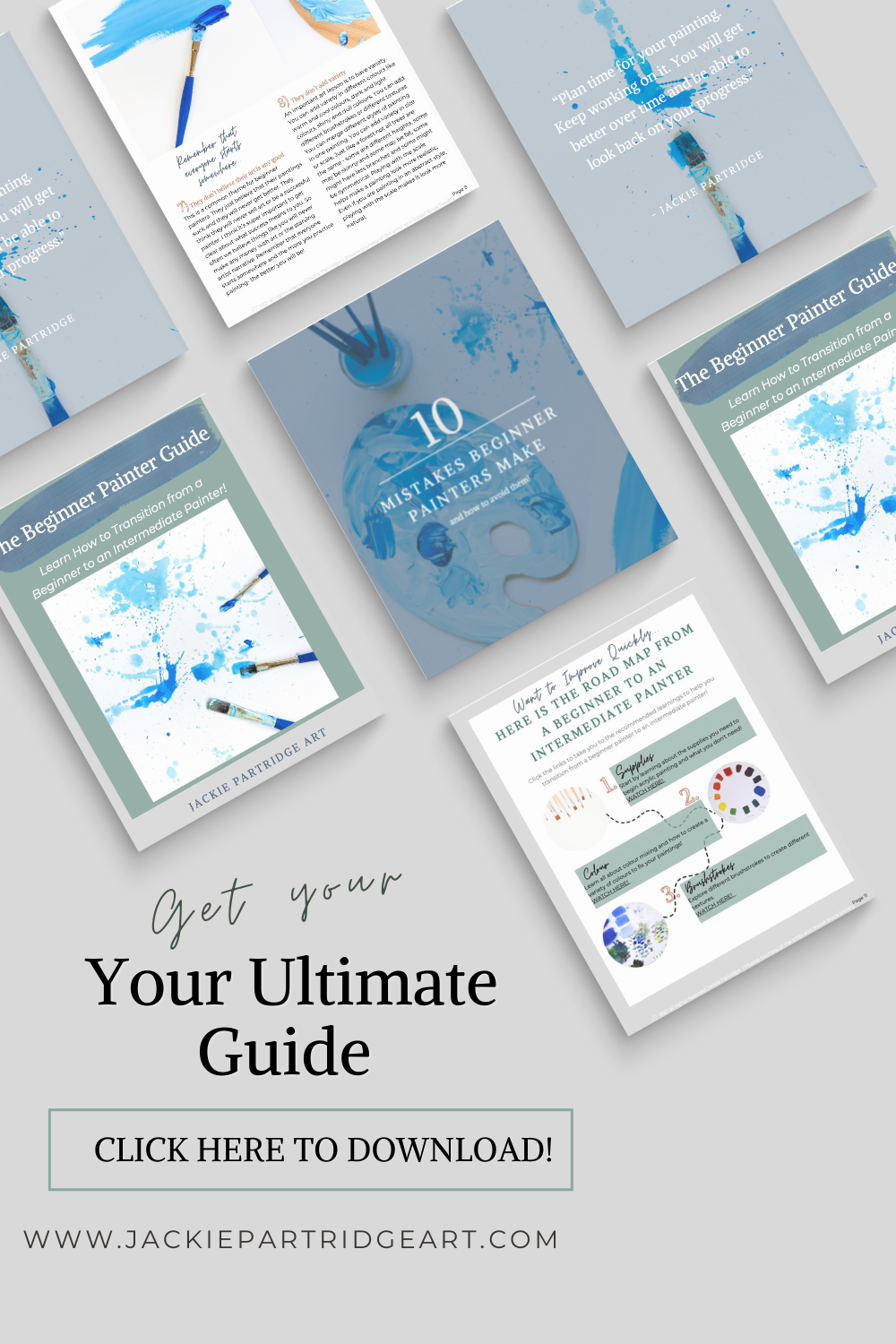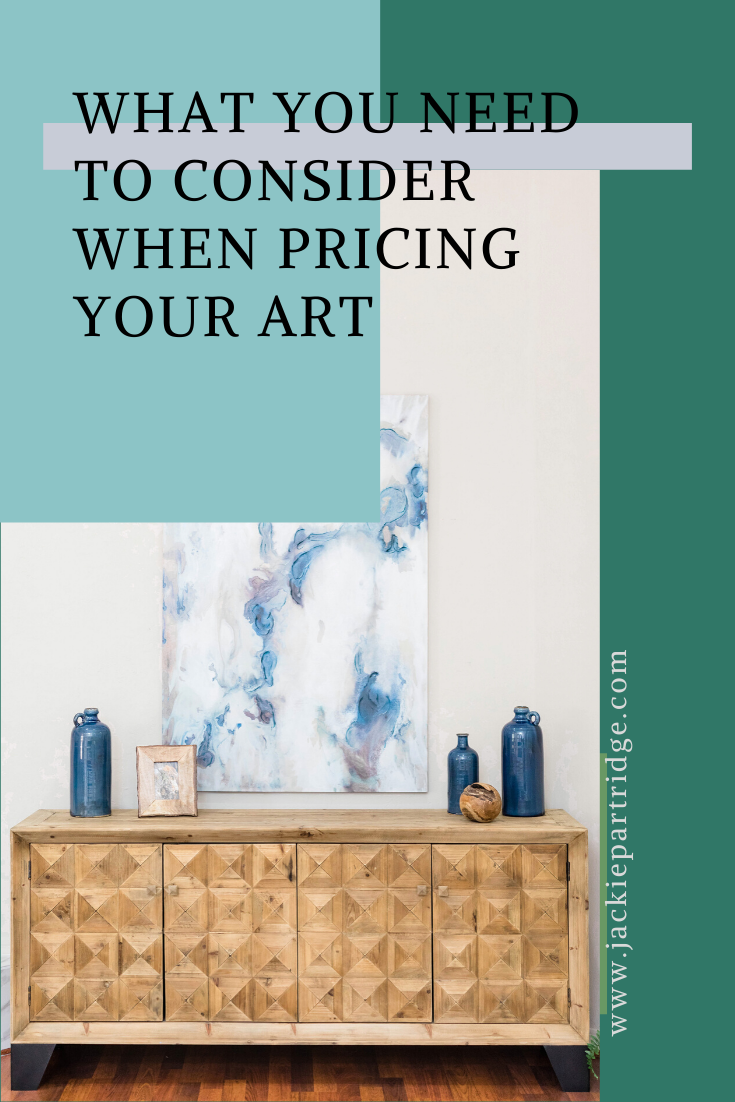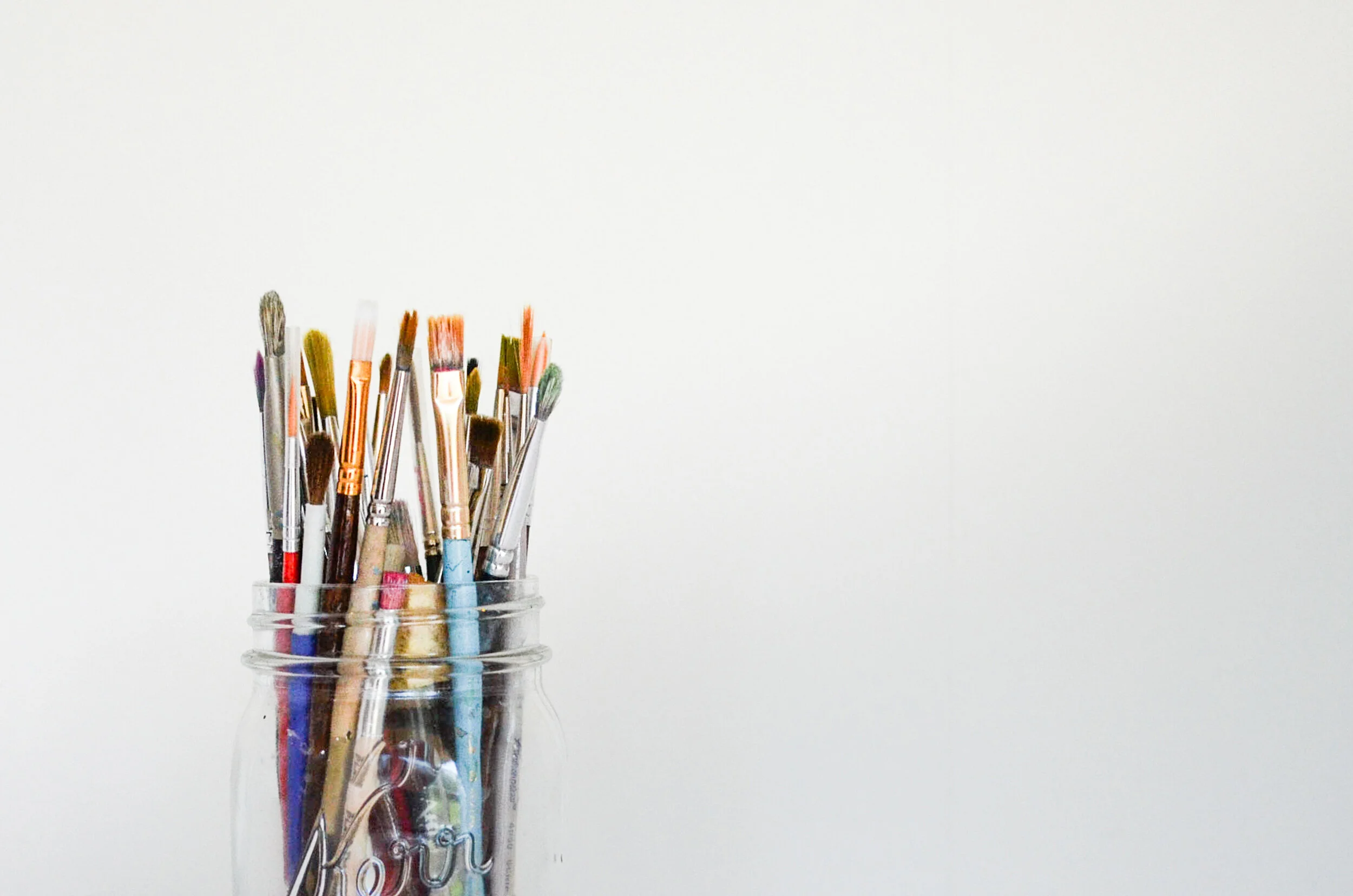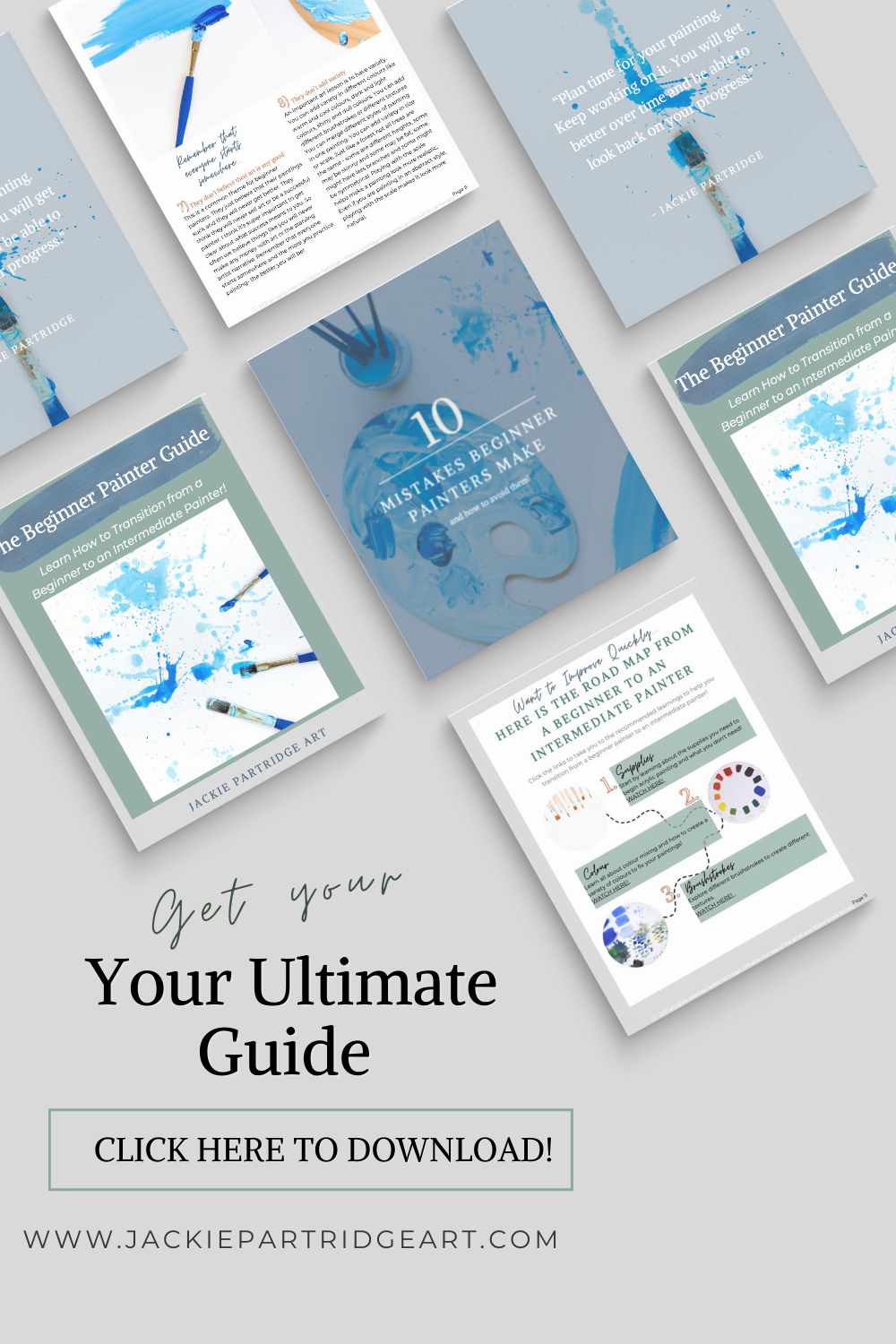Learn how to improve your colour mixing with acrylic painting - this is a great start to improving your acrylic painting skills. You have to be able mix your own colours! Colour mixing is a skill that takes practice! I have highlighted some FREE acrylic painting tutorials below to help you get better at acrylic painting! Colour mixing can be challenging! It isn’t as simple as elementary school art lessons where you discover the magic of mixing two colours together to get a completely different colour. Check out my colour mixing basics resources linked below!
Learning to mix colours from scratch takes you from a beginner painter to an intermediate painter. If you mix your own colours, you will be able to paint more realistically and your paintings will be more visually appealing to look at!
Using brown paint straight from the tube doesn’t have the same effect as mixing your own brown. There is so much range and possibilities when it comes to mixing your own colours!
It is ESSENTIAL to learn the foundations of colour mixing to be successful at acrylic painting! I will show you how easy it is with step by step instruction with video paint lessons all about colour mixing with acrylic paint!
I have broken down colour mixing lessons into easy to understand paint tutorials perfect for beginner painters! (including children!)
Colour Mixing Basics
To make a colour lighter (a tint) add white
To make a colour darker (a shade) add black
To make a colour dull - add it’s complementary colour
Experiment and test - try to make as many colour with your primary colours (red, yellow and blue) plus black and white
Learn How to Mix Green
This video is great for developing your skills. Mixing green is not as simple as mixing yellow and blue paint. If you are great at mixing greens and able to mix a variety of greens then you will be able to paint more realistic landscape paintings. Once you have mastered mixing greens - you will be able to paint better landscapes - click here to read more tips on painting landscapes!
Watch the Mixing Greens Video- HERE
Video Length: 13 min. 20 sec.
Learn How to Mix Grey
Mixing grey is not as simple as black + white. The more variety you have in your colours the more interesting your paintings will be! This video is a quick way to develop your colour mixing skills and make more professional looking paintings!
Watch the Mixing Greys Video- HERE
Video Length: 8 min. 15 sec.
Need More Help with Colour Mixing?
You can download my FREE colour mixing worksheets and videos for mixing green and grey here!
Mixing Purple Worksheets and Videos!
Mixing Skin Tones Worksheets and Videos!
Colour Wheel and Value Scale Worksheets and Videos!
OR save 30% and purchase the colour mixing bundle with everything mentioned above!
Want to Improve your acrylic painting? Download my FREE 12 Page Guide - I will show you the 10 common mistakes that acrylic painters make and how you can avoid them to become a better acrylic painter FASTER!!
Click the button below to download the FREE guide!
Learn How to Make a Colour Wheel and Value Scale
If you haven’t painted before and don’t know much about mixing colours - I recommend watching this video. I explain the basics of colour theory. You will learn about primary, secondary and tertiary colours and how to mix them. You will also learn about making a tint or shade with a colour. This is a great educational video perfect for beginners, teachers, parents homeschooling and daycare providers. Colour mixing is the foundation of acrylic painting!
Watch the Colour Wheel and Value Scale Video- HERE
Video Length: 25 min. 9 sec.
Related Articles
Paint a Better Landscape with Painting Great Clouds
Become a Better Painter with This!
Try painting coaching to improve your skills fast!
If you find these videos helpful please share them with a friend!
Be sure to subscribe to my channel where new videos come out every week!

